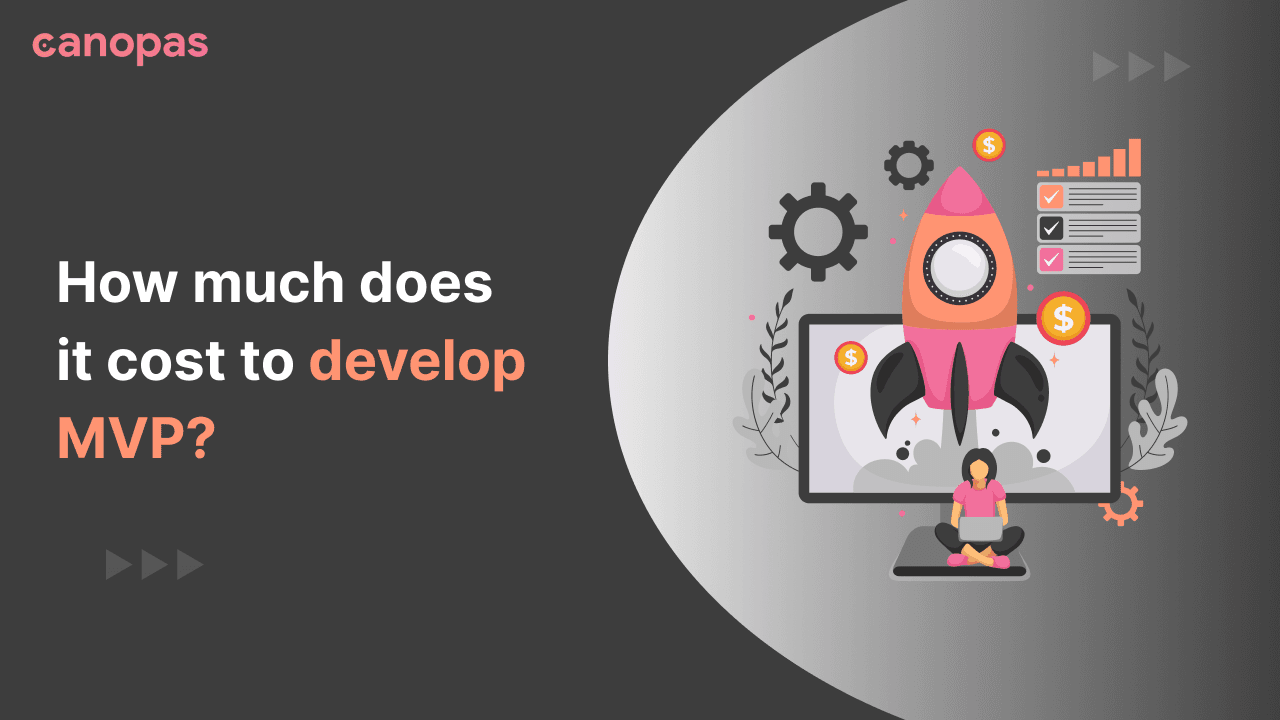
How much does it cost to develop an MVP?
A First Look at MVP Costs
Imagine having an idea that could be the next big thing, but you're unsure how much it would cost to bring it to life. Welcome to the world of MVPs! As an entrepreneur, this is a common dilemma.
The journey from an idea scribbled on a napkin to a functioning Minimum Viable Product can be thrilling, yet the costs can seem mystifying.
An MVP is more than just a trendy buzzword; it's a proven strategy to test, validate, and refine your business idea without burning a hole in your pocket.
But before you take that leap, understanding the nuances of MVP development costs is crucial. It's not just about a rough estimate. It involves delving into various factors, from design decisions to the technological backbone and market dynamics.
Join us as we demystify the intricate web of MVP costing, equipping you with the insights needed to set a budget for your dream project and embark on a successful entrepreneurial journey.
Factors Influencing the Cost of Developing an MVP
Embarking on the journey of creating an MVP can be both exhilarating and nerve-wracking. As an entrepreneur, you're investing not just money, but hopes, dreams, and countless hours of brainstorming.
It's essential to understand where every dollar goes. Let's break down the elements that shape the cost of developing an MVP.
Scope & Complexity
- Definition: The MVP's scope outlines what it will entail and how intricate its functionalities will be.
- Cost Implication: A basic MVP with straightforward features will naturally cost less than one that's packed with advanced functionalities or integrates with multiple systems.
Design & User Experience
- Definition: This is about the aesthetics, user-friendliness, and overall experience of your MVP.
- Cost Implication: While you might be tempted to save costs on design, remember that a good user experience can make or break your MVP's acceptance in the market.
Technology & Platform Choice
- Definition: Are you building a web app, a mobile app, or a cross-platform solution? The technology stack you choose will greatly influence the cost.
- Cost Implication: Native apps typically cost more than hybrid ones, and the choice of backend technologies can also impact your budget.
Development Team
- Definition: Who's building your MVP? Are you hiring freelancers, an agency, or an in-house team?
- Cost Implication: Rates vary widely based on expertise, geographical location, and the reputation of your chosen developers.
Third-party Integrations
- Definition: Does your MVP need to integrate with other software or platforms?
- Cost Implication: While some integrations are seamless and cost-effective, others might require more extensive work and thus, increase the budget.
Testing & Iteration
- Definition: Once the initial MVP is built, it will need testing to iron out bugs and improve based on feedback.
- Cost Implication: Adequate testing can prevent costly mistakes in the future. Budgeting for this phase ensures your MVP is market-ready and robust.
By understanding each of these elements in detail, you'll be better equipped to gauge where you can economize and where you should invest more.
Remember, an MVP is about finding the sweet spot between minimalism and delivering genuine value to your target audience.
Different Stages of MVP Development and Associated Costs
For an entrepreneur, navigating the financial aspects of MVP development can be daunting. To demystify the process, let's break down the various stages of MVP development and the potential costs associated with each.
Planning and Research
- What it Entails: This initial stage involves thorough business analysis, requirements gathering, and laying down a concrete project plan. It sets the foundation for your MVP.
- Estimated Cost: Costs here primarily involve hiring business analysts or consultants. Depending on expertise and geographical location, you could spend anywhere from $30 to $150 per hour.
Design
- What it Entails: The design phase is where your MVP starts taking a visual shape. It includes UI/UX design, creating wireframes, and building prototypes to visualize the end product.
- Estimated Cost: A UI/UX designer's rate can range from $20 to $100 per hour, depending on experience and location. Prototyping tools may also add minor costs.
Development
- What it Entails: This is the core phase where your MVP is coded and brought to life. It encompasses both frontend (what users see) and backend (server, database) development.
- Estimated Cost: Development costs can vary widely. On average, developers charge between $20 to $150 per hour based on expertise, complexity, and location.
Testing
- What it Entails: Before launching, your MVP undergoes rigorous testing. This includes manual testing, automated tests, and debugging to ensure a smooth user experience.
- Estimated Cost: Quality assurance specialists or testers generally charge between $20 to $100 per hour. Automated testing tools might add to the cost.
Deployment and Go-to-Market
- What it Entails: Once your MVP is polished, it's time to launch. This phase involves tasks like hosting, acquiring a domain, and initiating marketing efforts to reach your audience.
- Estimated Cost: Hosting can start as low as $3 per month for shared hosting to $100/month for dedicated servers. Marketing costs can vary widely based on the channels and strategies you adopt.
Understanding the financial breakdown of each stage helps in better budget allocation and ensures you're not caught off-guard by unexpected expenses.
As always, remember that these are average estimates, and actual costs can vary based on individual project needs and market conditions.
Cost Ranges — Mapping Out Your Investment
It's essential to understand that not all MVPs are created equal. The scope, complexity, and the number of features play a significant role in determining the cost.
For a clearer perspective, let's categorize MVPs into three primary tiers.
Basic MVP
- Description: This version typically serves as a proof of concept. It will have a limited number of features, primarily focused on the core functionality that showcases the app's value proposition.
- Estimated Cost Range: Depending on the region and expertise required, a basic MVP can range from $5,000 to $20,000. Remember, this is a ballpark figure; individual cases may vary.
Moderate MVP
- Description: A step above the basic MVP, this version includes a broader range of features, added layers of user interaction, and possibly a few integrations. It offers a more refined user experience without being as extensive as a full-fledged app.
- Estimated Cost Range: With the increased complexity and functionalities, the cost for a moderate MVP can range between $20,000 to $50,000.
Complex MVP
- Description: This is a robust version of an MVP. It encompasses multiple features, several integrations, advanced user interactions, and could also involve intricate backend infrastructure. It's almost like a mini version of the final product you envision.
- Estimated Cost Range: Given the complexities, a comprehensive MVP can set you back anywhere from $50,000 to $150,000 or even more.
While these ranges offer a broad guideline, it's crucial to remember that the actual cost can differ based on specific requirements, unforeseen challenges, and the expertise of the team you partner with.
Always approach development with a clear outline of your priorities to manage costs effectively.
How to Save Costs While Developing an MVP
When you're starting out with your startup, every dollar counts. While MVPs are, by design, a cost-effective way to launch a product, there are strategies to stretch your budget even further.
Here's how you can ensure you're getting the maximum bang for your buck.
Prioritize Core Features
- The Essence: It's easy to get caught up in the vision of a comprehensive product. However, MVPs are all about proving the viability of your concept. Thus, concentrate on those few features that truly encapsulate your product's unique value proposition.
- Benefits: By narrowing down your focus, you not only save development costs but also speed up the time-to-market. This swift approach lets you gather real-world feedback faster, which is invaluable.
Use Existing Solutions
- The Essence: There's no need to reinvent the wheel. Numerous tools, platforms, and frameworks can expedite the development process. Instead of building everything from scratch, consider integrating existing solutions that align with your needs.
- Benefits: Leveraging pre-built solutions can drastically reduce both development time and costs. It also allows you to tap into tried-and-tested functionalities, ensuring a smoother user experience.
Iterative Development
- The Essence: Adopt a phased approach. Start with a basic version, get it out in the market, gather user feedback, and then refine. This iterative cycle ensures that you're building something that truly resonates with your target audience.
- Benefits: Iterative development reduces initial expenditure, allowing you to invest more as the product gains traction. This method also minimizes the risk of spending resources on features that might not resonate with users.
In essence, the key to a cost-effective MVP lies in being strategic and focused. It's all about validating your idea efficiently, and these strategies are a roadmap to doing just that.
Why Getting Your MVP Right Matters
Every entrepreneur's journey is filled with risks, decisions, and milestones. Yet, among all these stages, the creation and launch of the MVP stands out as a pivotal moment. Here's why ensuring its accuracy and alignment with market needs is paramount.
Validation of Business Idea
- The Essence: The MVP is your hypothesis in action. It's the tangible representation of your business idea, aimed at testing its viability in the real market.
- Implications: If the MVP doesn't align with market expectations or fails to solve a genuine problem, it could indicate a foundational flaw in the business concept itself.
Investor Attraction
- The Essence: Investors seek potential, and nothing demonstrates potential better than a well-executed MVP. It's a tangible demonstration that you can not only conceptualize but also execute.
- Implications: A compelling MVP can be the key to securing crucial early-stage funding, while a misaligned one can turn away potential investors.
Building a User Base
- The Essence: Early adopters are invaluable. They're not just users; they're evangelists, feedback providers, and the cornerstone of your product's community.
- Implications: Getting the MVP right means winning the trust and loyalty of these initial users, setting the stage for a broader market acceptance.
Resource Optimization
- The Essence: MVP development is about efficiency. It's a framework to gauge demand without overspending on unnecessary features or misallocated resources.
- Implications: A well-targeted MVP ensures that every dollar and hour spent brings you closer to product-market fit.
In essence, the MVP is more than just a development stage; it's the first interaction of your vision with the real world.
It's the initial handshake with your audience, the first impression, and often, the make-or-break point for startups.
Getting it right doesn't just save resources; it sets the trajectory for everything that follows.
Let's build a successful MVP together
Embarking on the entrepreneurial journey is both exhilarating and challenging. Your MVP serves as the compass, pointing you in the right direction and offering early insights into the course ahead.
By understanding the intricacies of MVP development costs, stages, and best practices, you arm yourself with the knowledge to navigate the complex waters of startup development.
As you conceptualize, develop, and refine your MVP, remember that every decision, from design to deployment, influences your venture's success trajectory.
By prioritizing core features, leveraging existing solutions, and continuously adapting based on feedback, you not only optimize costs but also enhance your MVP's market fit.
Now, as you stand on the cusp of this transformative phase, our team at Canopas is here to guide, support, and co-create. Our expertise in MVP development ensures that your vision is translated into a tangible, market-ready product that resonates with your target audience.
Ready to turn your idea into a compelling MVP? Let's chat! Contact Us Today.


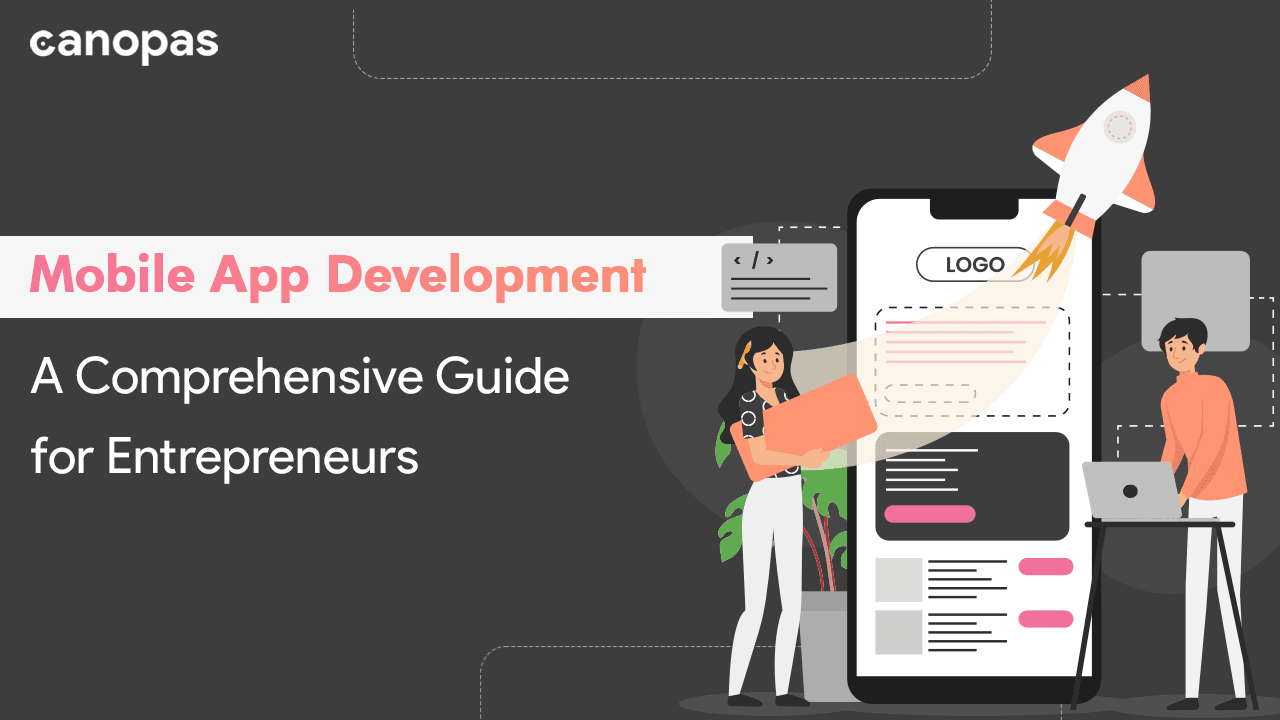
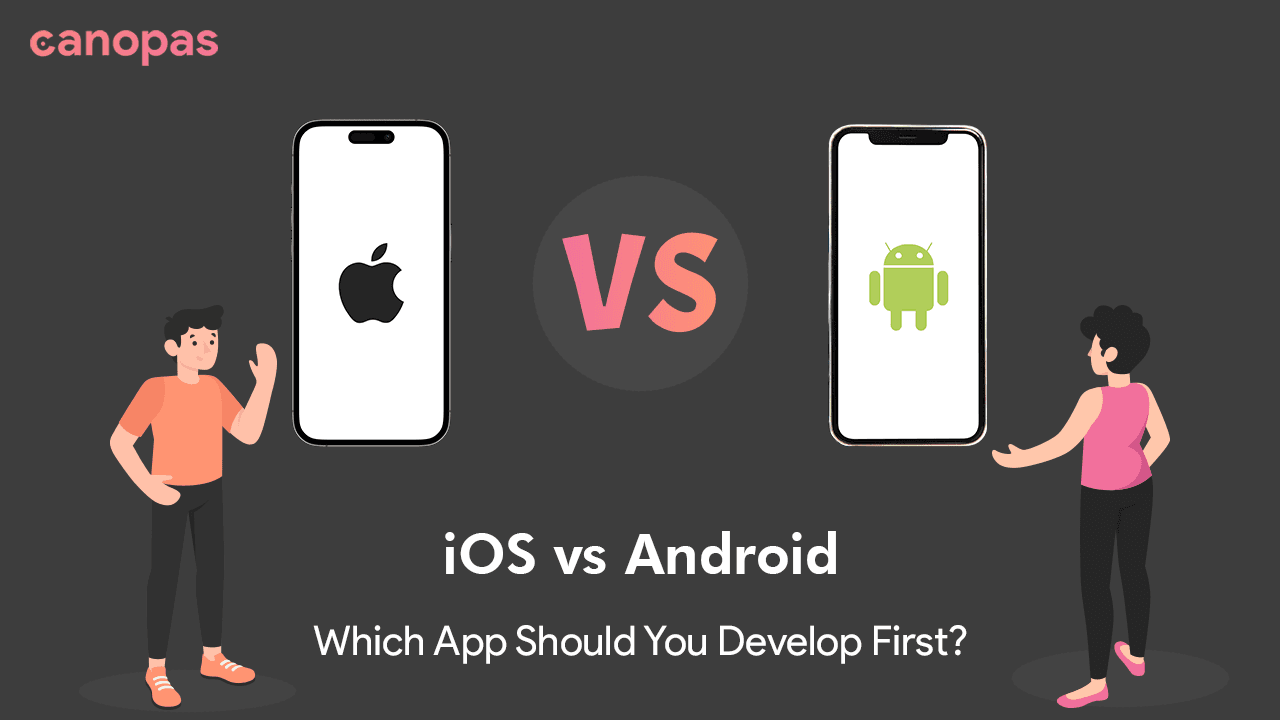
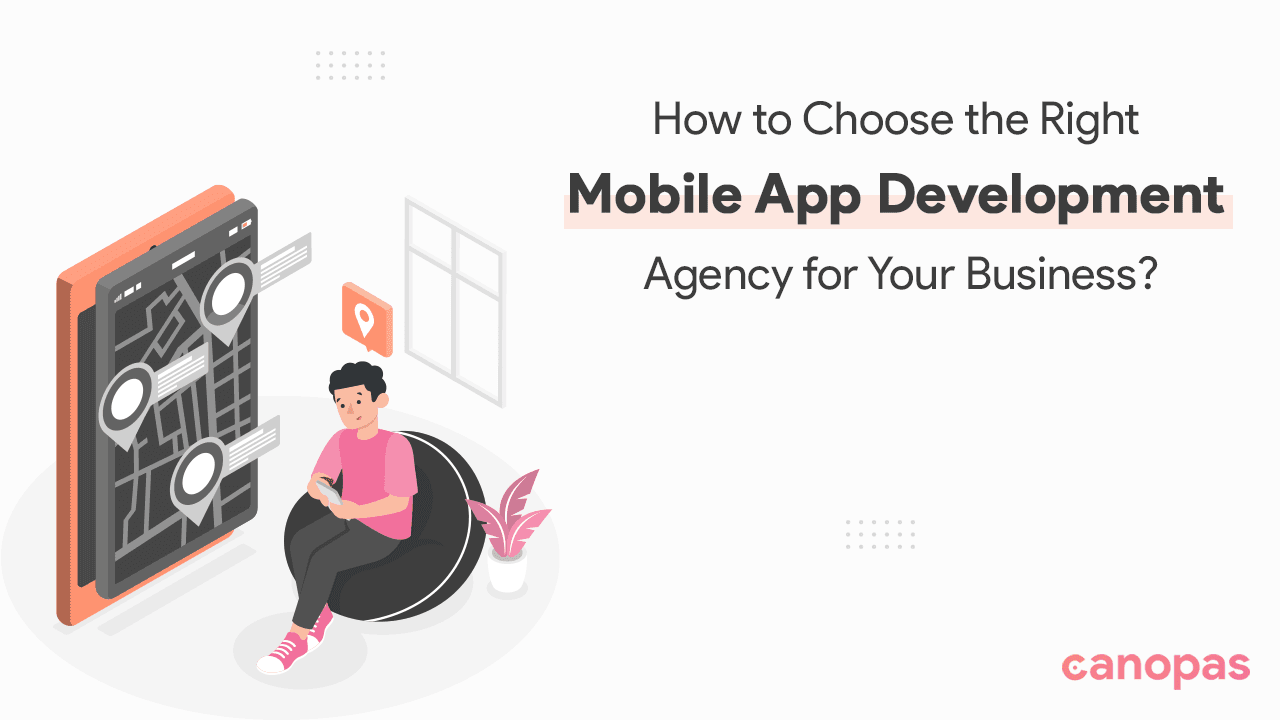



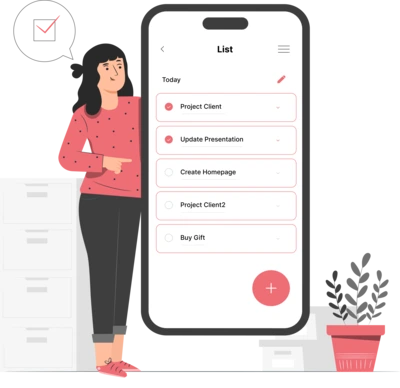
Whether you need...
- *High-performing mobile apps
- *Bulletproof cloud solutions
- *Custom solutions for your business.
